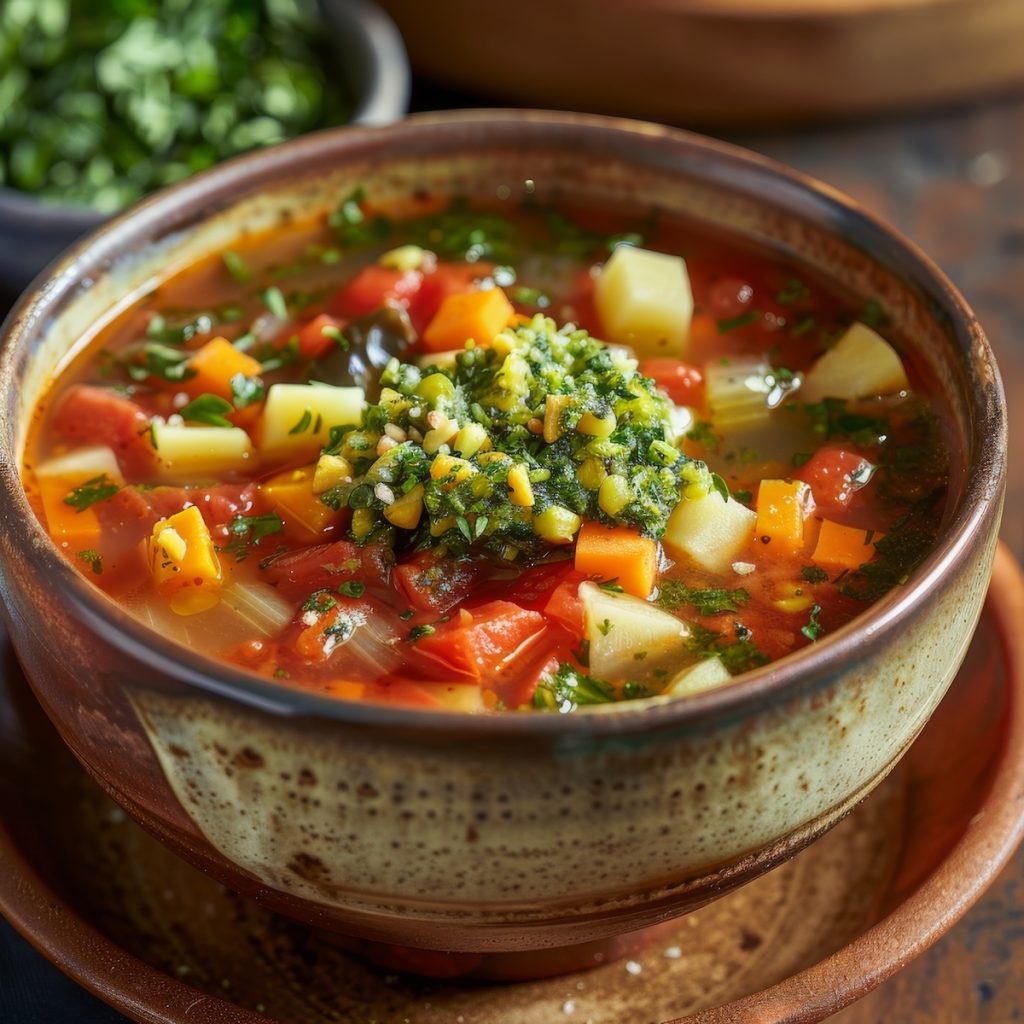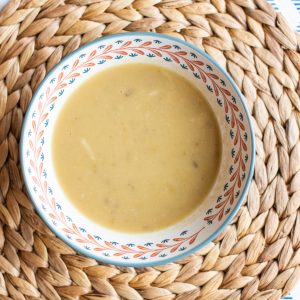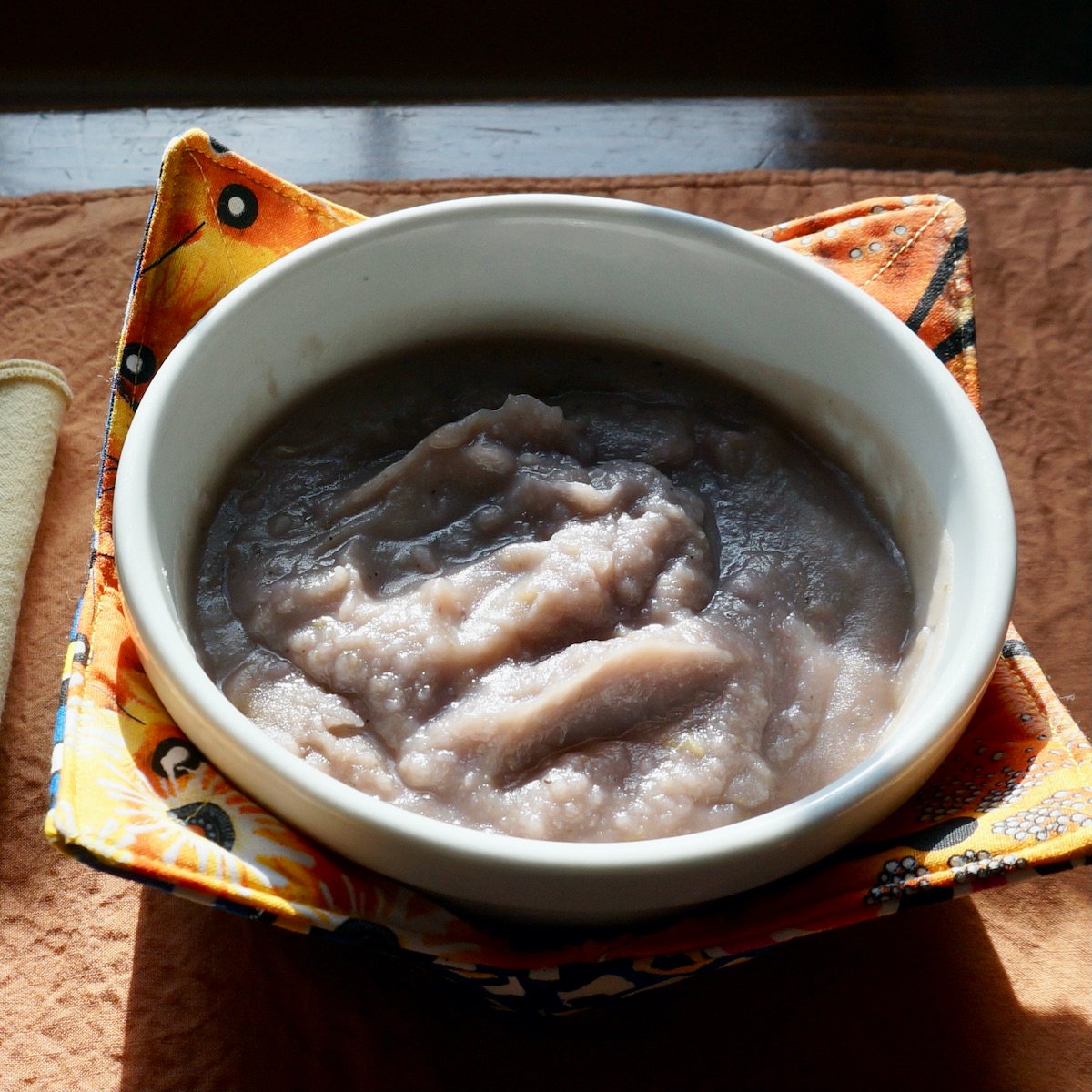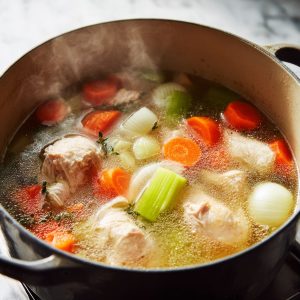Discover the World of Soup: Types, Flavors, and Recipes
Soup offers warmth and comfort and has been a staple in many cultures and cuisines for centuries. At its core, soup consists of simmering vegetables, meat, or other ingredients in broth or water. However, the possibilities are endless, and there are countless variations that can cater to any taste preference.
One of soup’s greatest qualities is its versatility. It can serve as a simple, nourishing meal or be paired with bread, crackers, or other sides to make it more substantial. Depending on the recipe and season, soup can be enjoyed hot or cold, and it adapts to a wide range of dietary needs and restrictions.
There is a wide variety of soups, each with a unique flavor and ingredient combination. Popular choices include chicken noodle, tomato soup, minestrone, split pea soup, and clam chowder. Each type offers distinct tastes and textures, and you can experiment with different ingredients to create new variations.
Soup also provides an excellent way to incorporate more vegetables and other healthy ingredients into your diet. Packed with vitamins, minerals, and essential nutrients, many soups are a nutritious and satisfying meal option. Plus, soup offers a great solution for using up leftovers or excess ingredients, helping reduce waste and save money.
Comforting, nourishing, and endlessly adaptable, soup remains a favorite dish for home cooks and chefs alike. Whether you enjoy classic chicken noodle or an adventurous spicy lentil variety, there’s a soup recipe for everyone.
Cooking Tips for Great, Flavorful Soups
| Tip | Description | Why It Matters |
|---|---|---|
| Use quality ingredients | Choose fresh vegetables, good meats, and flavorful stocks. | High-quality ingredients are the foundation of a great-tasting soup. |
| Layer your flavors | Start with aromatics, then add herbs, spices, and main ingredients in stages. | Layering builds complexity and depth in the final flavor. |
| Don't skimp on seasoning | Season with salt and pepper throughout the process and adjust as needed. | Proper seasoning ensures the soup is well-balanced and flavorful. |
| Cook your soup low and slow | Simmer gently over low heat for a longer period. | Slow cooking helps flavors develop and ingredients meld beautifully. |
| Let your soup rest | Allow soup to sit after cooking to continue blending flavors. | Resting enhances flavor and allows fat or impurities to rise and be skimmed off. |
| Use the right pot | Choose a large, heavy-bottomed pot with a lid. | Even heat and ample space prevent burning and allow proper simmering. |
| Don't overcook your vegetables | Add vegetables later and stir gently. | Proper timing keeps them from getting mushy and preserves flavor and texture. |
| Use homemade stock | Make your own chicken, beef, or vegetable stock in advance. | Homemade stock adds depth and a richer, more natural flavor. |
| Add acidity | Use a splash of lemon juice or vinegar at the end of cooking. | Acid brightens and balances flavors, especially in richer soups. |
| Finish with fresh herbs | Sprinkle chopped herbs over the soup just before serving. | Fresh herbs add a final burst of flavor and aroma. |
When to Add the Salt?
Add salt early in the cooking process to build flavor from the start. It helps draw out moisture from vegetables and enhances their taste.
As the soup simmers, taste it regularly. Add more salt in small amounts as needed. This lets you adjust the flavor as it develops.
Don’t wait until the end to salt—it won’t blend in as well. If you’re using broth or salted ingredients, start with a lighter touch at first. You can always add more, but you can’t take it out.
Finish with a final taste and a pinch of salt if needed, just before serving.
What About Those Vegetables?
Vegetables in soup serve two roles:
To build flavor in the broth
To provide texture and taste as part of the final dish
If you simmer vegetables like carrots, celery, onions, or garlic for a long time, you’re right—they’ll give up most of their flavor to the broth and become soft or bland. That’s perfect if you want them purely for flavor.
Three Options
1. Use a first batch to flavor the broth, then remove them
Sauté aromatics (onion, celery, garlic, etc.)
Simmer with your broth and protein to develop deep flavor
Strain or remove them after the simmer
Add a fresh batch of vegetables near the end so they stay vibrant and have texture
2. Stagger your veggie timing
Add harder veggies like carrots or potatoes earlier (they take longer to cook)
Add softer or quicker-cooking vegetables (like zucchini, spinach, peas) later in the cooking process
3. Puree and reintroduce
Cook veggies down, puree them with some broth, and stir back in for body and richness
Then, add fresh diced vegetables and cook until just tender
This technique is often used in professional kitchens: build depth with a base layer, then refresh with new layers at the end. It offers the best of both worlds—rich flavor and exceptional texture.
The Difference Between Soup and Broth?
| Feature | Soup | Broth |
|---|---|---|
| Ingredients | Includes a variety of ingredients such as vegetables, meat, beans, or grains. | Relies on a few key ingredients, like bones or vegetables. |
| Thickness | Thicker and heartier, often containing solid ingredients to create a substantial dish. | Thinner and more liquid, typically used as a base for other dishes. |
| Flavor | Seasoned with herbs, spices, or flavorings to enhance taste. | Usually unseasoned or lightly seasoned to highlight natural ingredient flavors. |
| Cooking Time | Requires a longer cooking time to meld ingredients and develop complex flavors. | Simmered for a shorter time to extract flavor from its ingredients. |
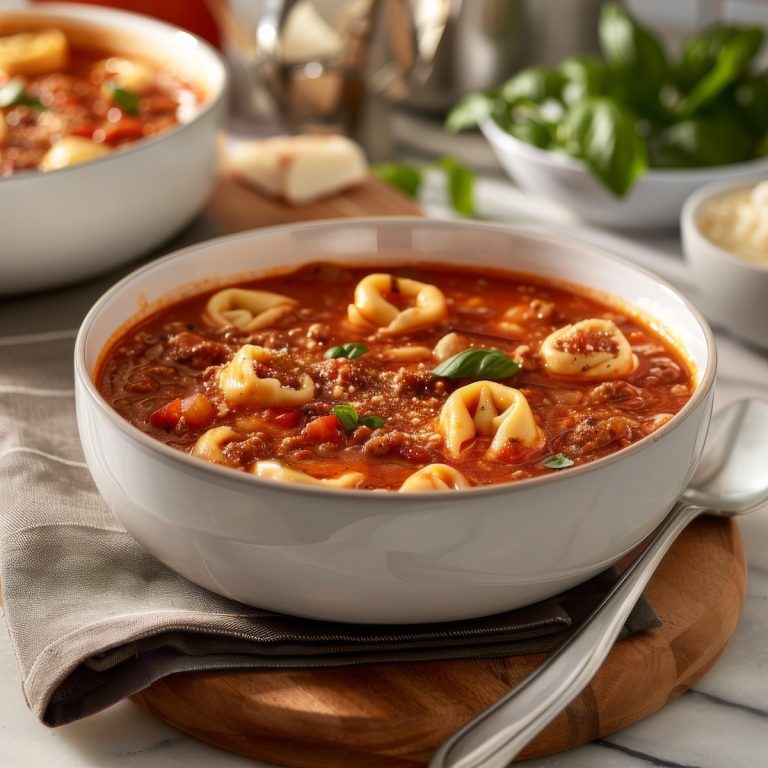
Who Invented Soup?
Its origins are partially clear. Combining ingredients in a broth or liquid to create a nourishing, comforting meal likely dates back to the beginnings of cooking. Soup is believed to have been a part of human cuisine for thousands of years.
Archaeological evidence shows that ancient civilizations, such as the Greeks, Romans, and Chinese, consumed soup. In ancient Greece, people called soup “sites, ” which was made with barley, vegetables, and meat. The Romans also enjoyed soup, often with vegetables, meat, and grains, serving it as a starter course during their elaborate feasts.
In China, it has remained a staple for thousands of years. Many varieties are consumed for their health benefits and flavor. Traditional Chinese soups often include herbs, spices, and medicinal ingredients believed to promote overall health and well-being.
Soup likely evolved independently in different cultures and regions, with each developing unique variations and techniques. While we may not know exactly who invented soup, we do know it has been a beloved and essential part of human cuisine for millennia.
Where Does the Word Soup Come From?
The word “soup” comes from the French word “soupe,” which originally referred to a broth or liquid dish poured over slices of bread. “Soupe” is derived from the Latin word “suppa,” meaning “bread soaked in broth.” During the Middle Ages, Europeans commonly used bread as a base for soups and stews, as bread was a staple food and often served as a utensil.
Over time, the word “soup” expanded to refer more broadly to any dish made by simmering ingredients in a liquid. Today, soup remains a staple in many cultures and cuisines worldwide, with countless variations and recipes offering comfort and nourishment.
Five Fun Facts
1. Soup is one of the oldest dishes in the world, with evidence of soup-making dating back to 20,000 BC. Archaeologists believe it was one of the first cooked dishes in human history.
2. Soup can serve as a complete meal. Depending on the ingredients, it can include protein, vegetables, grains, and other essential nutrients, making it a popular choice for those on the go or anyone seeking a simple yet satisfying meal.
3. Soup enjoys global popularity. Almost every culture worldwide has its own variations and regional specialties. From pho in Vietnam to minestrone in Italy, people all over the globe have adapted and embraced soup in countless ways.
4. Soup can be served hot or cold. While most people associate soup with warmth and comfort, many soups—such as gazpacho or vichyssoise—are served cold, offering a refreshing option for warm weather or as a meal starter.
5. Soup has also been used for medicinal purposes. Throughout history, people have used soup to cure colds or aid digestion. Chicken soup, in particular, is a remedy for the common cold, with some studies suggesting it helps reduce inflammation and alleviate symptoms.
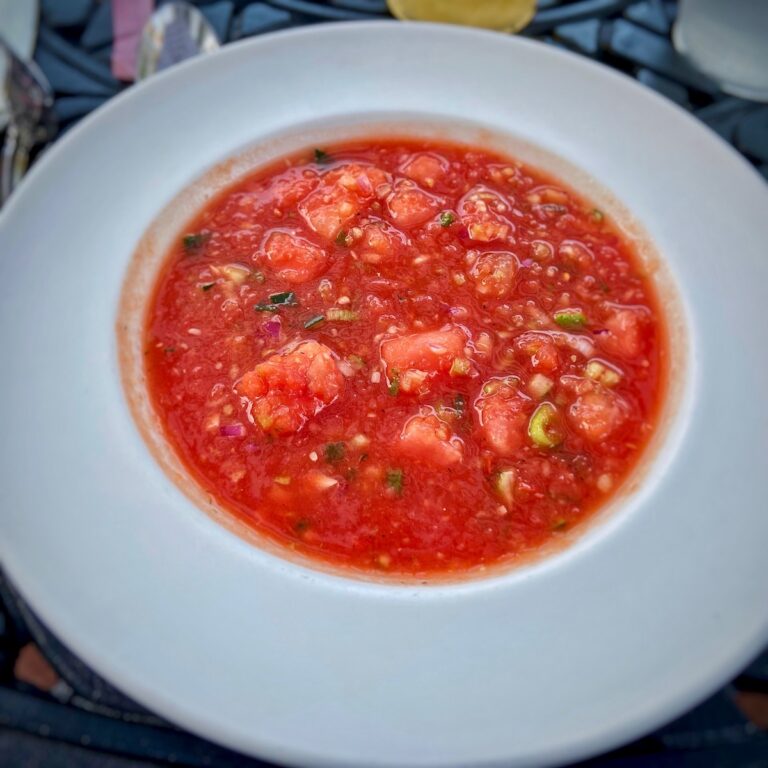
What are the Ten Most Popular Soups in the United States?
Here are ten of the most popular soups in the United States, listed in no particular order:
| Soup | Description |
|---|---|
| Chicken Noodle Soup | A classic soup made with chicken, vegetables, and noodles in a flavorful broth. |
| Tomato Soup | A smooth and creamy soup made with ripe tomatoes, often served with grilled cheese. |
| Clam Chowder | A thick and hearty soup made with clams, potatoes, and bacon. |
| Minestrone | A vegetable soup made with various vegetables, beans, and pasta. |
| Split Pea Soup | A thick and hearty soup made with split peas and ham or bacon. |
| French Onion Soup | A rich and flavorful soup made with caramelized onions and beef broth, often topped with melted cheese and croutons. |
| Chili | A hearty and spicy soup made with ground beef or turkey, beans, and chili peppers. |
| Broccoli Cheddar Soup | A creamy and comforting soup made with broccoli and melted cheddar cheese. |
| Beef Stew | A hearty and filling soup made with beef, vegetables, and potatoes in a flavorful broth. |
| Potato Soup | A creamy and satisfying soup made with potatoes, often flavored with bacon or cheese. |
What Are the Five Most Popular Soups Outside the United States?
Soups are a beloved and essential part of cuisines worldwide, and there are many popular soups outside the United States. Here are five examples of soups that are widely enjoyed outside the U.S.
| Soup | Description |
|---|---|
| Pho | A Vietnamese soup made with rich beef or chicken broth, rice noodles, and herbs, often served with meat or seafood. |
| Gazpacho Soup | A cold Spanish soup made with tomatoes, peppers, cucumber, and bread, usually served in the summer months. |
| Miso Soup | A traditional Japanese soup made with miso paste, tofu, and seaweed, often served as a breakfast dish. |
| Borscht | A hearty and flavorful Russian soup made with beets, cabbage, and beef or chicken broth, often served with sour cream. |
| Tom Yum Soup | A spicy and sour Thai soup made with lemongrass, chili peppers, shrimp or chicken, and mushrooms, often served with rice or noodles. |
What Is Birds Nest Soup?
Bird’s Nest Soup is a traditional Chinese delicacy made from the nests of swiftlets, small birds native to Southeast Asia. These nests, composed of the bird’s saliva, are harvested from caves or man-made structures. After cleaning, soaking, and simmering in chicken or pork broth, the nests are transformed into soup.
Considered a rare and expensive delicacy, Bird’s Nest Soup is believed to offer various health benefits, including boosting the immune system and improving digestion. However, the soup has become controversial due to its high cost and the environmental impact of harvesting swiftlet nests.
While Bird’s Nest Soup may not be the most outrageous soup ever created, it stands out as a unique dish with a long history in Chinese cuisine.
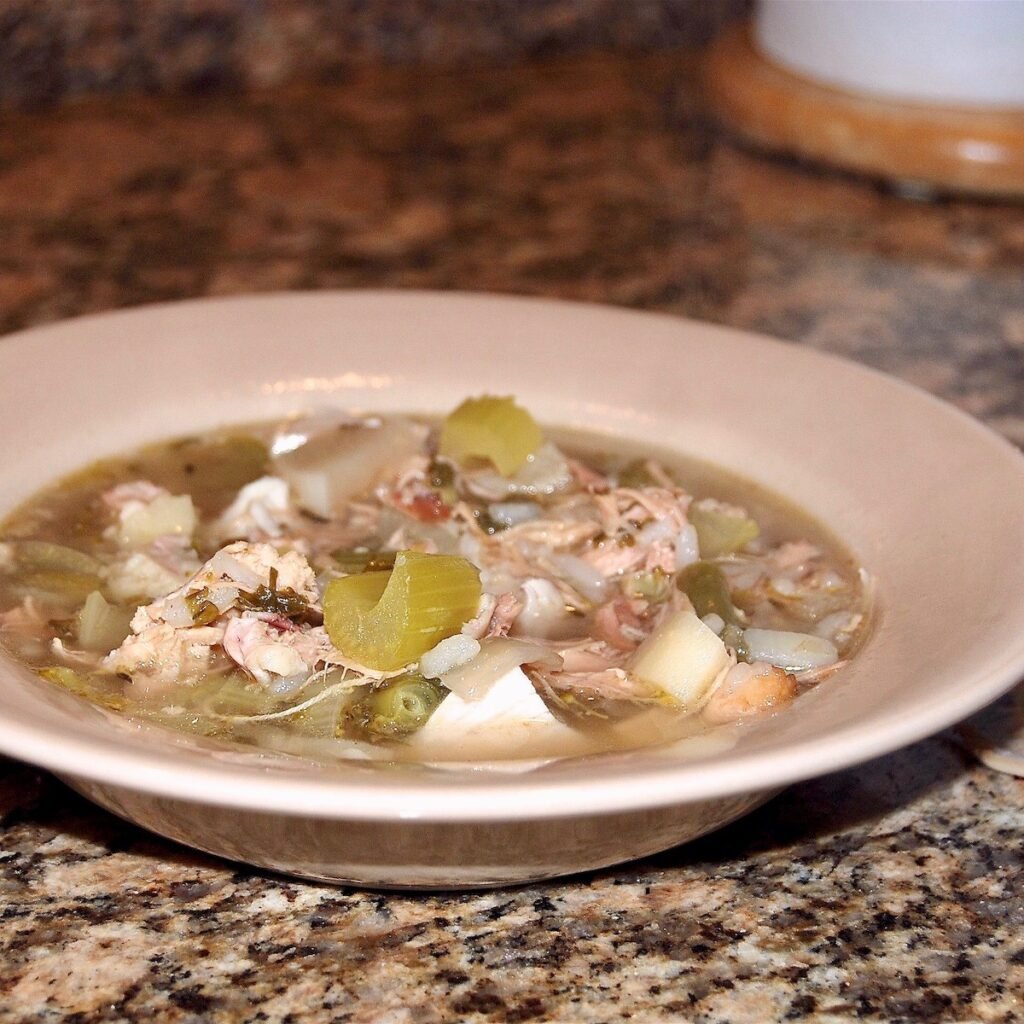
Fun Quotes
“Soup is a lot like a family. Each ingredient enhances the others; each batch has its own characteristics; and it needs time to simmer to reach full flavor.” – Marge Kennedy.
“Good soup is one of the prime ingredients of good living.” – Louis P. De Gouy.
“A world without tomato soup is a world not worth living in.” – Laurie Colwin.
“Soup is a way of life, and the fact that so many people still think of it as just a starter is a travesty.” – Yotam Ottolenghi.
“Soup puts the heart at ease, calms down the violence of hunger, eliminates the tension of the day, and awakens and refines the appetite.” – Auguste Escoffier.
“We don’t make soup. We make comfort by the spoonful.” – Reluctant Gourmet.

